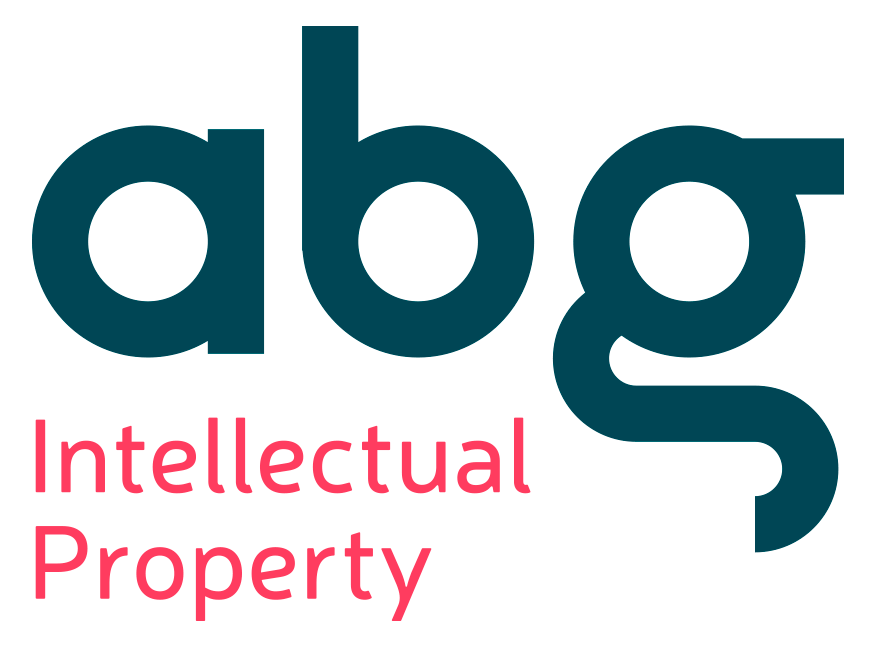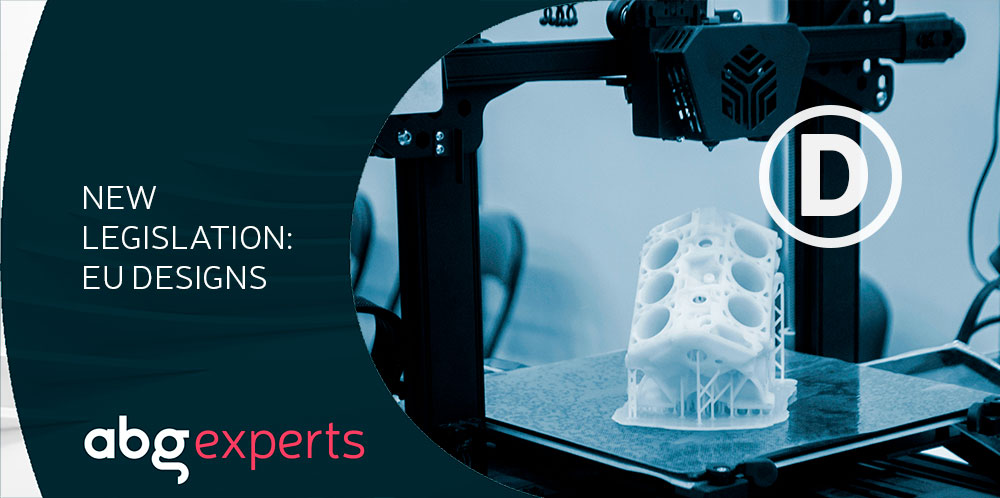Over the last two decades the pace of innovation has been frenetic and the European Design Directive and Regulation needed to adapt to the changing times. In addition, the European Commission had noted an unwillingness among companies, and in particular SMEs and individual inventors, to seek protection for registered designs at a national or EU level.
The European Commission has also identified new scenarios that did not exist at the time the current Design Law was drafted, for example, the existence of objects that are defined in a file that is transferred across borders via the Internet and can be reproduced anywhere in the world, or the existence of virtual spaces with an appearance also resulting from a creative act.
These circumstances prompted a reform project in 2022 and, after the corresponding negotiations and parliamentary procedure, both texts have been published in the Official Journal of the European Union (EU) on 23th October 2024.
In this article we will analyse some of the most relevant modifications of the new regulation which aims to:
- adapt EU regulation to the digital age
- increase legal certainty and predictability
- simplify the procedure
- reduce the costs of design registration
Entry into force of the EU design protection reform
Regulation
The new regulation will apply to the protection of designs in the European Union by registration with the European Union Intellectual Property Office (EUIPO). It will be implemented in two phases:
- Phase I: provisions not requiring secondary legislation will apply from 1 April 2025.
- Phase II: secondary legislation and the remaining provisions will come into force on 1 October 2026.
Directive
With regards to the EU member states, they will have 36 months to bring their national design laws in line with the Directive (end of 2027). The updates shall apply when design protection is applied for at the relevant national offices.
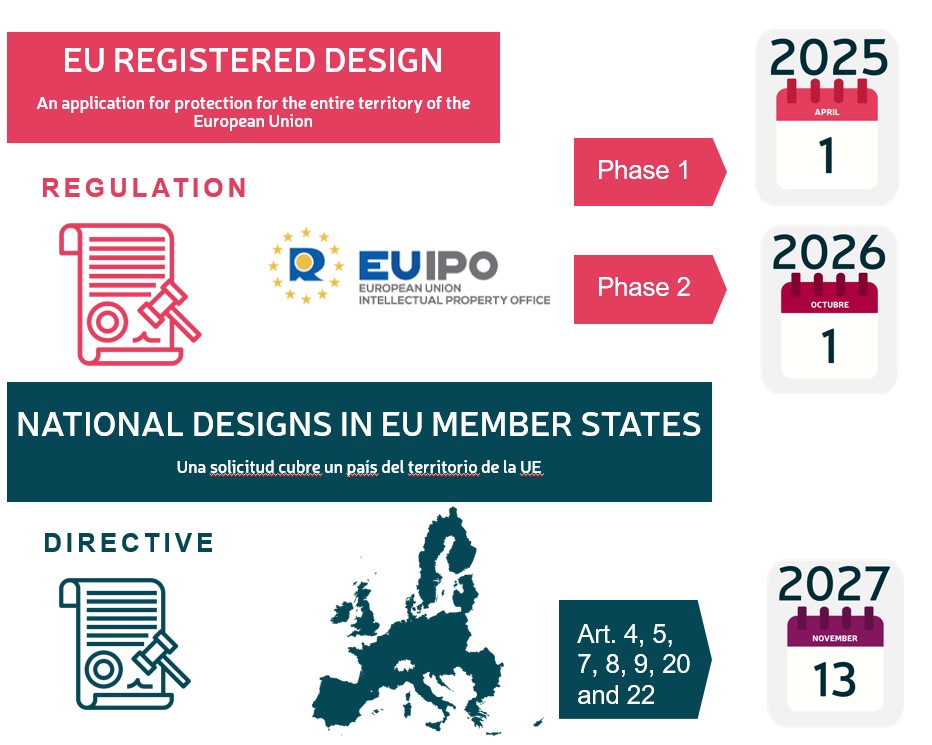
Changes in terminology and definition of product and design
The adjective “Community” is considered obsolete and, in fact, the protection of distinctive signs has already been upgraded to “European Union trademarks”. As a result, community designs or RCDs are renamed “EU designs“.
The change in the definitions of what is meant by design and product (Art. 3 of the Regulation), which are updated, clarified and expanded, is considerably less aesthetic in nature.
Design (underlined text is added):
“the appearance of the whole or a part of a product resulting from the features, in particular, the lines, contours, colours, shape, texture, materials of the product itself and/or its ornamentation, including the movement, transition or any other sort of animation of those features”
Product:
| 2002 | 2024 |
| Any industrial or handicraft item, including parts intended to be assembled into a complex product, packaging, get-up, graphic symbols and typographic typefaces, but excluding computer programs and semiconductor products; | Any industrial or handicraft item other than computer programs, regardless of whether it is embodied in a physical object or materialises in a digital form, including:
a) packaging, sets of articles, get-up, spatial arrangement of items intended to form, in particular, an interior environment, and parts intended to be assembled into a complex product; b) graphic works or symbols, logos, surface patterns, typographic typefaces, and graphical user interfaces;
|
These changes extend the definition of product to include those implemented in digital format, and also include visible aspects in objects that move, for example, where there are appearance features related to this movement or the transition of these features between two states.
Clarification of the subject of protection: the requirement of visibility
One issue that has been the subject of much controversy over the past two decades and which the intention is to solve, is whether it was necessary for the subject of protection to be visible on the product. However, the reform discards this requirement with the introduction of Article 18.bis of the Regulation:
Protection shall be conferred for those features of the appearance of a registered EU design which are shown visibly in the application for registration.
In other words, even if the subject of protection is not visible on the final product, it will be eligible for design protection as long as it is visible in the application for registration.
This shall not apply to designs that are part of a complex product and which cannot be seen once assembled in normal use.
Extending the scope of design protection: 3D printing and counterfeit goods in transit
Article 19 of the Regulation introduces changes which include:
- permission from a design holder is required to create, download, copy, share or distribute the material that makes such 3D printing
- a design right holder will be able to enforce their rights against counterfeit goods in transit, i.e. holders will be able to take action against infringing goods even if they have neither their origin nor their destination for marketing in the European Union.
In other words, not only is the definition of product extended to those objects implemented in a digital format, but it is explicitly established that the scope of protection also extends to the media or material that enables reproduction by 3D printing.
The second change adapts the scope of protection so as to be in line with the international requirements and obligations of member states, including those under the World Trade Organisation (WTO).
Updating the limits of design protection: referential use, parodies and cultural appropriation
The limits of design protection (Art. 20 of the Regulation) are also updated, which includes the fact that the rights conferred by an EU design may not be exercised with respect to:
-
referential use, i.e. “acts carried out for the purpose of identifying or referring to a product as that of the design right holder“
-
“acts carried out for the purpose of comment, critique or parody“
The Directive (art.13) further includes that member states may provide that designs are to be refused registration where they contain
“a total or partial reproduction of elements belonging to cultural heritage that are of national interest“.
In order to define what is meant by “cultural heritage”, the Directive uses the definition contained in the UNESCO Convention Concerning the Protection of the World Cultural and Natural Heritage.
Major change: the repair clause
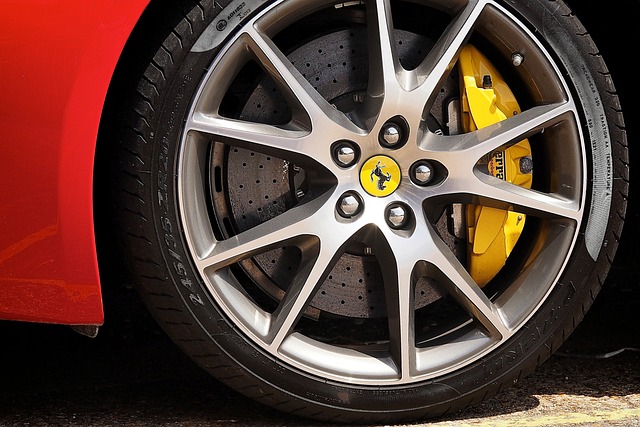
This clause directly impacts on the automotive spare parts market, as it allows design protection to be excluded for components of a complex product where the objective is to “restore its original appearance” and therefore gives freedom in the choice of parts to be used in repairs. This measure prioritises access to non-original spare parts in Europe to increase the free market.
The national laws of some countries, such as Spain, already included this clause, but it did not appear in all of them; it was also included as a transitional provision in the Directive and now, with the reform, it will become a permanent provision. As a result, all European countries will be obliged to incorporate it into their respective national regulations. To complete this, they will have a harmonised transitional period of eight years.
Ⓓ, “registered EU design” symbol
As with trademarks (®), owners could indicate that a design is registered using a “D” inside a circle (Ⓓ).
Representation requirements for EU designs
Art.36 introduces that the representation of the design, capable of reproduction, must allow
“all the details of the subject-matter for which protection is sought to be clearly distinguished and published”.
In other words, clarity of representation becomes an absolute minimum requirement for obtaining a filing date.
In this respect, Art.36 bis includes updating the standards of design representation to be fit for the digital age.
Abolition of the “unity of class” requirement for multiple applications
In order to understand the “unity of class” requirement, it is important to first mention that the Locarno Classification is part of an international agreement which classifies industrial designs into 32 classes. For example, class 1 refers to foodstuffs, class 2 to articles of clothing, class 6 to furnishings, etc.
Until the current reform, in order to combine several designs into one multiple application, the application had to be restricted to products of the same Locarno class. However, with the entry into force of the amendment, this will no longer be a requirement. As a result, applicants will be able to benefit from a fee discount for the volume of designs included in the same multiple application.
A clear case is where an applicant wishes to protect a product and its packaging, where the packaging clearly falls under a Locarno Classification that is different from the classification of the product.
Fee reduction and simplification
With the aim of making design protection more accessible and affordable, in particular for SMEs and individual authors, the Regulation simplifies the schedule of fees, for example by merging the registration fee and the publication fee into a single application fee. In addition, it lowers the application fee to €250 (compared to €350 until entry into force).
Conclusions
Design protection legislation has been adapted to the times and aims to encourage this form of protection among small innovative organisations.
There is certainly ample room for an increase in the number of design applications received by European patent and trademark offices, which, in our view, provide protection via a streamlined and efficient procedure. The new rules also simplify the process, which we believe will encourage European inventors and designers.
